#museum der moderne
Photo
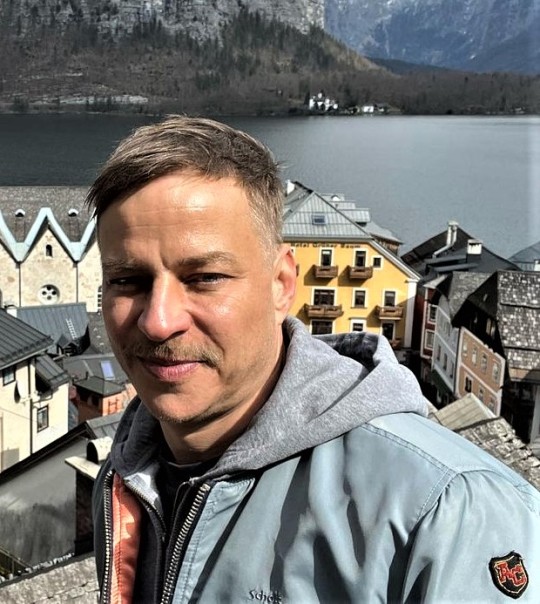
from IG schwarzrosagold - 8th April 2023
Lakes mountains snow but no Kaiserschmarrn #salzkammergut



and: Museum der Moderne Salzburg

15 notes
·
View notes
Text
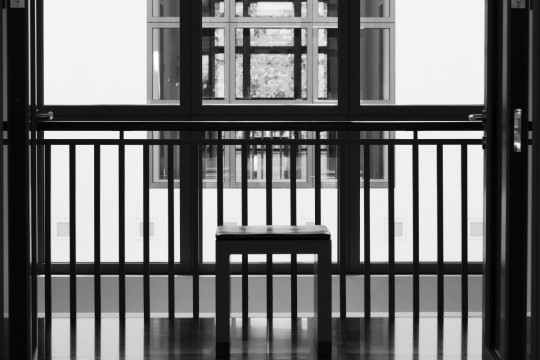
Kunsthalle Hamburg, Galerie der Gegenwart, Hamburg
https://www.hamburger-kunsthalle.de/
#Kunsthalle Hamburg#Galerie der Gegenwart#Hamburg#museum#visualzen#hamburg#interior#gallery#art#modern#modernart#noart#noiretblanc#schwarzweiss#blackandwhitephotography#abstract#architecture#original photographers#photographers on tumblr#minimalism#blackandwhite#black and white
197 notes
·
View notes
Text

Franz Marc (German, 1880-1916) • Dreaming Horse • 1913 • Solomon R. Guggenheim Museum, New York
#art#painting#fine art#art history#franz marc#german expressionism#german artist#early 20th century european art#expressionism#modern art#animals in paintings#degenerate art#artwork#der blaue reiter#pagan sphinx art blog#art blog#art appreciation#museum aesthetic#paintings i've seen
36 notes
·
View notes
Text
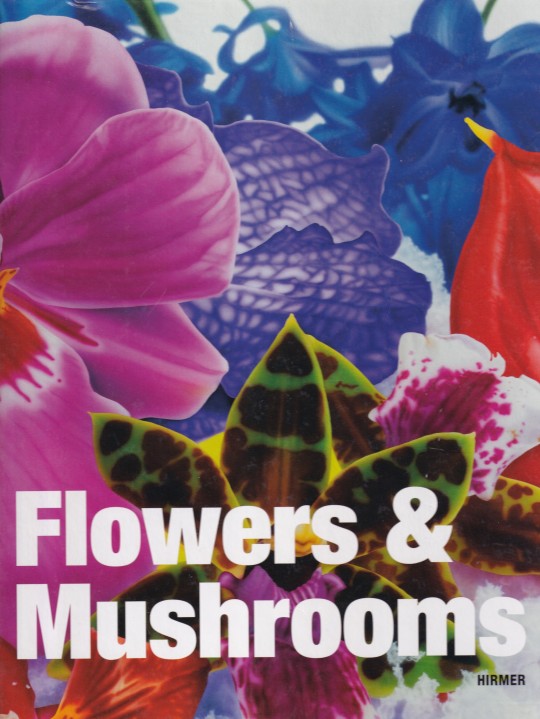






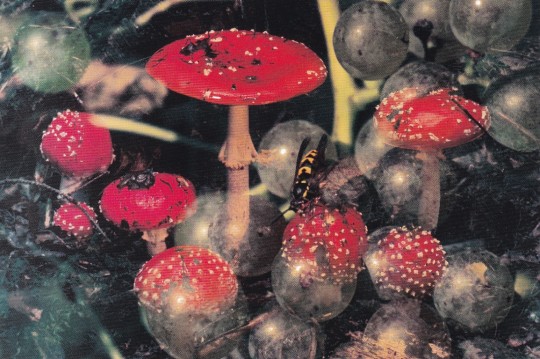


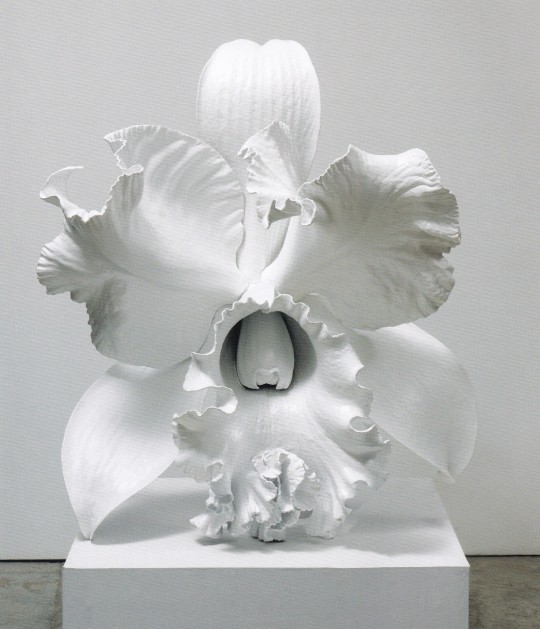

Flowers & Mushrooms
Essays by M. Harder, M. Moschik, T. Teufel, P. Weiermair, V. Ziegelmaier et al.
Hirmer Verlag, München 2013, 256 pages, 24x28,5cm, ISBN 9783777421605
euro 40,00
email if you want to buy [email protected]
Flowers and Mushrooms takes readers inside the rich and diverse symbolism of its eponymous subjects. Flowers have at times stood for freshness and fertility, transience and death. In addition to its ubiquitous and much-maligned image as a hallucinogen, the mushroom has throughout history signified health and life and served as an important symbol within religious ritual. In recent years though, flowers and mushrooms have become a focus in contemporary art, with artists manipulating the many clichés that surround them and adapting their representation to produce new and unexpected layers of meaning, from social criticism to feminism and the conceptual framework of the erotic. Among the leading plant portraitists are the Swiss duo Peter Fischli and David Weiss, whose series of forty photographs epitomize the potential to shed new light on familiar objects by presenting them in unusual context.
The exhibition at MdM Museum der Moderne - Salzburg presents works from Nobuyoshi Araki, Anna Atkins, Eliška Bartek, Christopher Beane, Karl Blossfeldt, Lou Bonin-Tchimoukoff, Balthasar Burkhard, Giovanni Gastel, Georgia Creimer, Imogen Cunningham, Nathalie Djurberg, Hans-Peter Feldmann, Peter Fischli/David Weiss, Sylvie Fleury, Seiichi Furuya, Ernst Haas, Carsten Höller, Judith Huemer, Dieter Huber, Rolf Koppel, August Kotzsch, David LaChapelle, Edwin Hale Lincoln, Chen Lingyang, Vera Lutter, Katharina Malli, Robert Mapplethorpe, Elfriede Mejchar, Moritz Meurer, Paloma Navares, Nam June Paik, Marc Quinn, Albert Renger-Patzsch, Zeger Reyers, Pipilotti Rist, August Sander, Gitte Schäfer, Shirana Shahbazi, Luzia Simons, Thomas Stimm, Robert von Stockert, William Henry Fox Talbot, Diana Thater, Stefan Waibel, Xiao Hui Wang, Andy Warhol, Alois Auer von Welsbach, Michael Wesely, Manfred Willmann, Andrew Zuckerman.
07/03/24
#Flowers & Mushrooms#exhibition catalogue#MdM Museum der Moderne - Salzburg 2013#Araki#Blossfedt#Gastel#Fischli/Weiss#LaChapelle#Mapplethorpe#Sander#Warhol#Haas#Nam Jun Paik#photography books#fashionbooksmilano
11 notes
·
View notes
Photo

Paul Hefting, Nederlandse postzegels 87/88, Staatsbedrijf der PTT / SDU uitgeverij, 1988 [MoMA, New York, NY]. Design: Irma Boom
#graphic design#typography#stamp#postage stamp#geometry#book#cover#book cover#paul hefting#irma boom#wogd#staatsbedrijf der ptt#moma#the museum of modern art#1980s
27 notes
·
View notes
Text
Neubau Museum “M20” - Kulturforum Berlin

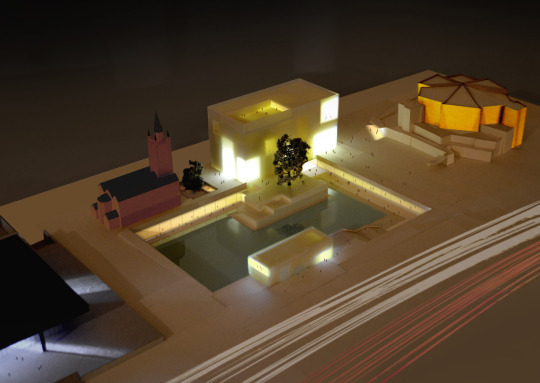
Internationaler Ideenwettbewerb 2015
Entwurf: Klaus E. Krauss und Rolf Teloh - urban essences, Berlin
Erweiterung der Neuen Nationalgalerie von Mies van der Rohe
Die Lage des zu bebauenden Grundstücks für die Erweiterung der Neuen Nationalgalerie wurde gem. Auslobung (politische Entscheidung) direkt an die Potsdamer Straße gelegt - also direkt zwischen Neue Nationalgalerie und Philharmonie.
Dies halten wir für falsch.
Man muss begreifen, dass das unvermittelte Aufeinandertreffen zweier völlig verschiedenen Architekturströmungen des 20. Jhd. in dieser baulichen Manifestation einmalig in der Welt ist. Die dadurch erzeugten räumlichen Spannungen (vielleicht auch Disharmonien) haben eine Eigentümlichkeit, die diesen Ort des Kulturforums über Jahrzehnte geprägt haben- die diesen Ort zu etwas Einzigartigen gemacht haben.
Der von uns vorgesehene neue turmartige Hochbau - der viel weiter zurückgesetzt ist, als es die Auslobung eigentlich erlaubt - nimmt die Funktion eines neuen gemeinsamen Eingangs der Neuen Nationalgalerie, Gemäldegalerie und Philharmonie in sich auf.
Damit wird auch erstmalig der Eingang der Gemäldegalerie wieder in den Vordergrund gerückt und als sichtbarer Teil des Kulturforums markiert.
Die größte Teil der von uns vorgesehenen Ausstellungsflächen liegt im Untergeschoss um einen neue große Wasserfläche herum gruppiert.
Der künstliche See mit den kleinen Gastronomiepavillons könnte erstmalig einen lebendige und qualitätsvolle Mitte des Kulturforums herstellen.
Darüber hinaus kann so der ursprüngliche Entwurfsgedanken des Meisterwerks von Ludwig Mies van der Rohe erhalten werden:

Die Lichtung
Hierzu noch ein Zitat von Albert Kirchengast, aus seiner 2017 an der ETH Zürich vorgelegten Dissertation “ Das unvollständige Haus - Mies van der Rohe und die Landschaft der Moderne”:
“Der Hauptraum der Nationalgalerie, am Höhepunkt von Mies´ großen Raumwerken, stellt sich schließlich als allseits nach außen gerichteter und doch behüteter Raum dar” … “Die Matapher der Lichtung bekommt hier , auf dem ehemals dicht bebauten , durch Bombentreffer vollkommen zerstörten Bauplatz , eine besondere Bedeutung.”
Sollte man nicht hier ein Stück der Leere, der überdimensionierten Fläche, die diesen Ort seit den Zerstörungen des zweiten Weltkriegs immer geprägt hat, erhalten?
Sollte man nicht wenigsten hier den Versuch wagen , anders als z.B. am Potsdamer Platz, die wechselhafte Geschichte des Ortes sichtbar zu lassen und nicht mit großer Geste zu verwischen ?
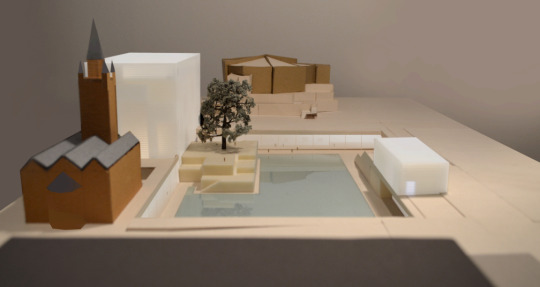


#neuenationalgalerie#ludwig mies van der rohe#scharoun#philharmonie berlin#kulturorumberlin#m20#urbanism#modern architecture#bauhaus#berlin#city planning#new museum#klaus e. krauss#mies van der rohe#mies van der rohe haus#neue nationalgalerie#archdaily#competitionline#joe chialo
2 notes
·
View notes
Photo

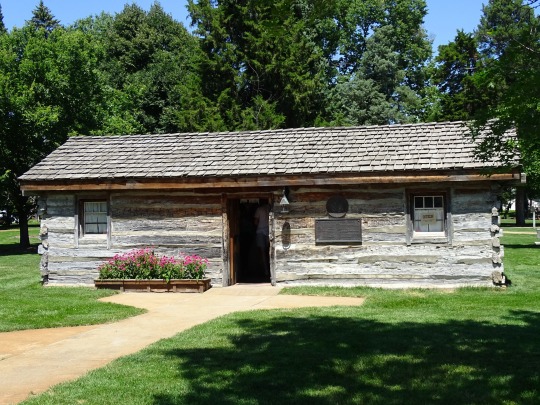
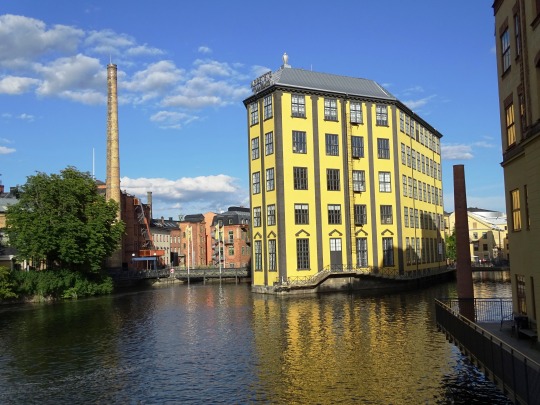
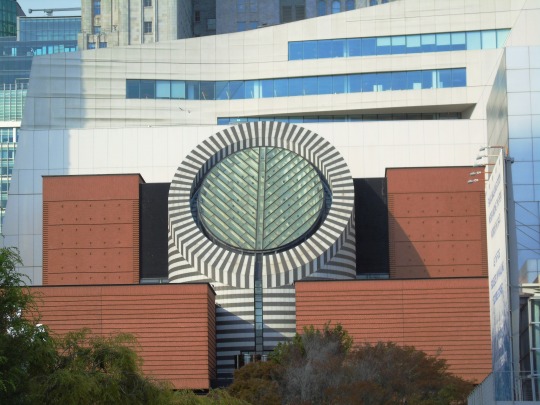






International Museum Day
Visit a local museum and learn about anything from art to ancient history to aerospace. Many museums also offer virtual tours online, if you can’t get out.
Few places in our world are more educational than museums. After all, where else could we hope to see so many pieces of actual history that tell so many stories about our ancestors? From prehistoric spears to Egyptian mummies, from ancient Greek sculptures to medieval armor, and from the first radio to the first planes used in war during WWI, museums have it all. Unfortunately, there are millions of people with direct access to museums that have never even visited one.
There are many possible reasons for this–perhaps they think just looking at old things would be boring, or perhaps they are unaware just how different the world was in the past and see no reason to take an interest. Whatever the reason for not taking advantage of the incredible amount of tangible knowledge museums offer, and regardless of age, International Museum Day is the time to invest in education in its most fascinating form.
Many people may ask why they would invest in something like International Museum Day when modern technology can give them all the answers that they may need. Well, to answer that fairly, all you need to do is a little Google search.
Nowadays, if you need to find an answer to something, you can surely just jump online and get it right? Well, yes, but what you need to realize is that the answer you get is quite possibly wrong.
A study conducted in 2016 on how many of the historical facts you find online were true, had some shocking results. It seems as of November 2016, over 48% of all available historical facts available online are inaccurate or downright wrong. So, taking this into account, you may want to place your fair elsewhere.
The truth is, education is important, so days like International Museum Day should be something to get yourself and your young ones excited for; after all, while there will be children filling their heads with nonsense, you have the ability to fill your children with knowledgey goodness.
History of International Museum Day
The International Council of Museums (ICOM) created International Museum Day in 1977. The organization chooses a different theme for the day and coordinates every year. Some of the themes include globalization, indigenous peoples, bridging cultural gaps, and caring for the environment.
Every year since 1977, all of the museums in the world are invited to participate in this day to promote the role of museums around the world, by organizing enjoyable and free activities around the year’s theme.
International Museum Day has become steadily more popular since its creation, with International Museum Day 2009 being participated in by 20,000 museums in over 90 countries. In 2012, the number of participating museums had jumped to 30,000 in 129 countries.
As the years have gone by, we have been blessed to live in a society where while technology seems to want to take over, there have been certain things that are now considered cool that were once reserved for a very target demographic.
While the numbers of participants were slowly climbing almost a decade ago, over the last five years, the numbers are climbing at an even more rapid rate. When we look at this, we may ask ourselves why, and the truth is simple, history is now something that is classed as cool.
Yes, we may live in a technology-driven society, but it seems that the more technology has reigned over the world, people have started to gravitate towards the things that connect them to a world they are scared of losing.
Today, there are more visitors to museums all over the world than ever before, and more than this, there are now more people studying history at degree level than at any point in history.
Now, it may be possible that this is just a point where geek chic is in, and students want to seem more cultural and in touch with the world, but if we stop for a brief moment, could it not be possible that International Museum Day has played a small role in helping entire new generations fall in love with history once again?
The truth may, in fact, be both, but one thing we must remember is that While it may not be as popular as some days, International Museum Day is something that should be held in high importance.
The further we move forward, the more we leave behind, and with all of the things that are now long behind us, we need something to help us remember where we have been, that way, we can take the journey ahead of us with more confidence.
How to celebrate International Museum Day
There is no better way to celebrate International Museum Day than to take a trip down to a nearby museum, either alone, with friends, or even your children if you feel they are old enough to appreciate the place. Depending on where you live, the museums you might be closest to could be ones connected with anything from farming to fashion, from astronomy to archaeology, from art to natural history. If it turns out that the museums in your immediate area are not ones that would interest you, maybe you could consider a day trip to a nearby city to visit a museum better suited to your interests? Carpooling with a friend or two will make the trip cheaper and very possibly more interesting.
Another thing to think about is how well you tolerate crowds. International Museum Day is an increasingly popular worldwide event, so it is quite probable that many of the larger and better-known museums will be pretty crowded on this day, especially since many museums do not charge an entrance fee then. If you do not feel like standing in long lines to see every single thing or having to maneuver your way through crowds of people, paying more attention to not stepping on anyone’s shoes than the objects on exhibition, you may want to visit the museum of your choice a few days before or after International Museum Day.
On weekdays, museums are often quiet places where one can come to study our ancestors’ lifestyles and contemplate what motivated them to behave and develop as they did. However you decide to celebrate Museum day, don’t let this opportunity to find out about the history of the human race go to waste!
Source
#National September 11 Memorial & Museum#Pony Express Station & Museum#Work Museum#Verkehrshaus der Schweiz#Swiss Museum of Transport#USA#Kings Landing Historical Settlement#San Francisco Museum of Modern Art#Folsom Prison Museum#USS Lexington Museum - National Historic Landmark#Lightner Museum#Country Music Hall of Fame and Museum#New York City#Lucerne#Nashville#St. Augustine#International Museum Day#18 May#InternationalMuseumDay#Sweden#Switzerland
2 notes
·
View notes
Photo

Odilon REDON (1840-1916)
“Le Regard (Der Blick)” - “The Gaze” (1910)
Öl auf Leinwand - Oil on canvas
Privatsammlung - Private Collection
Ausstellung / Exhibition
ALFRED KUBIN - “Bekenntnisse einer gequälten Seele”
ALFRED KUBIN - “Confessions of a tortured Soul”
LEOPOLD MUSEUM Wien / Vienna - 2022
#odilon redon#leopold museum vienna#symbolism#Symbolismus#redon#le regard#der blick#the gaze#l'art moderne#Leopold Museum Wien#vienna 1900#wien 1900
18 notes
·
View notes
Photo
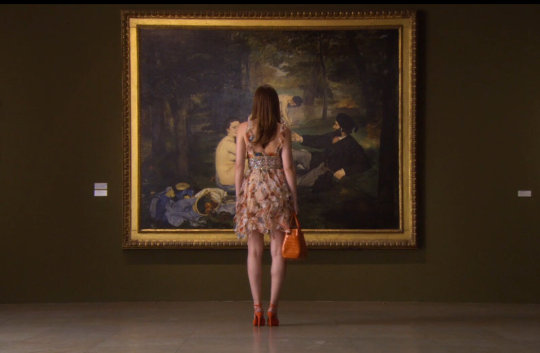
Blair Waldorf in Paris
#blair waldorf#gossip girl#musee d'orsay#edouard manet#Le Déjeuner sur l'herbe#The Luncheon on the Grass#art#art history#impressionist#impressionism#French impressionists#French impressionism#french#French art#modern art#museum#aesthetic#serena van der woodsen#painting#paris#manet
19 notes
·
View notes
Text

resor house, jackson hole, wy (1939) - ludwig mies van der rohe
#i wanna live in this#also did not take a pic just bc its jackson hole & we all know who lives there#resor house#1939#jackson hole#ludwig mies van der rohe#moma#museum of modern art#art museum pics
2 notes
·
View notes
Text

Ludwig Mies van der Rohe
Resor House, Jackson Hole, WY
Project, 1939
Mies was the final director of the Bauhaus before it was closed in 1933. Seeking opportunities abroad, Mies was tapped by MoMA trustee Helen Resor and her husband, Stanley, for a modern home set in the dramatic rugged terrain of Wyoming. Sited over a stream leading into the Snake River, the long, low-slung, rectangular Resor House was never built, but it was foundational to Mies's career in the United States. Following the commission, in 1938, he was appointed director of what would become known as the Illinois Institute of Technology, an influential design school in Chicago molded in the image of the Bauhaus.
0 notes
Text
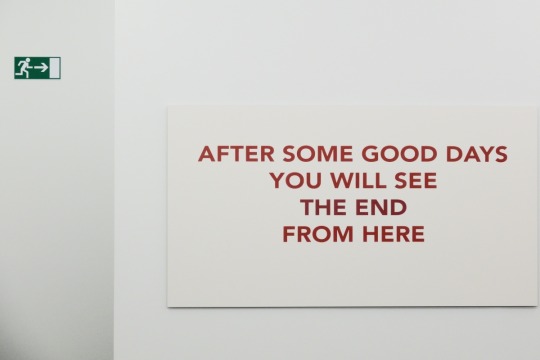
Kunsthalle Hamburg, Galerie der Gegenwart, Hamburg https://www.hamburger-kunsthalle.de/ Christian Haake, "Movie", 2015
#Kunsthalle Hamburg#Galerie der Gegenwart#Hamburg#Christian Haake#“Movie”#2015#museum#visualzen#hamburg#interior#painting#gallery#art#modern#typography#modernart#original photographers#photographers on tumblr#minimalism
11 notes
·
View notes
Text

Sigalit Landau. Salt Years. (video installation) Museum der Moderne Salzburg, 2019.
0 notes
Photo

Marinella Senatore. We Rise by Lifting Others (parte prima – Salzburg)
A Salisburgo il capitolo austriaco di una grande mostra dedicata all’artista italiana Marinella Senatore presente anche a Monaco di Baviera
0 notes
